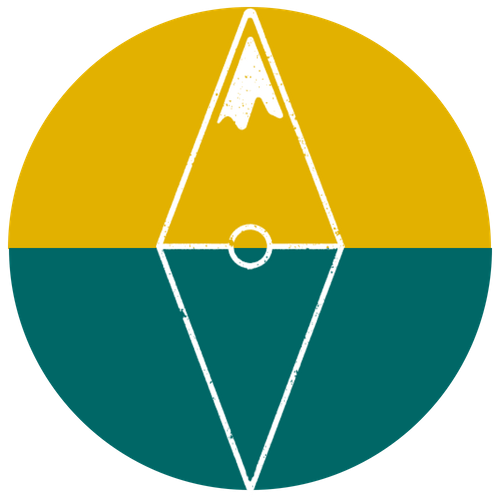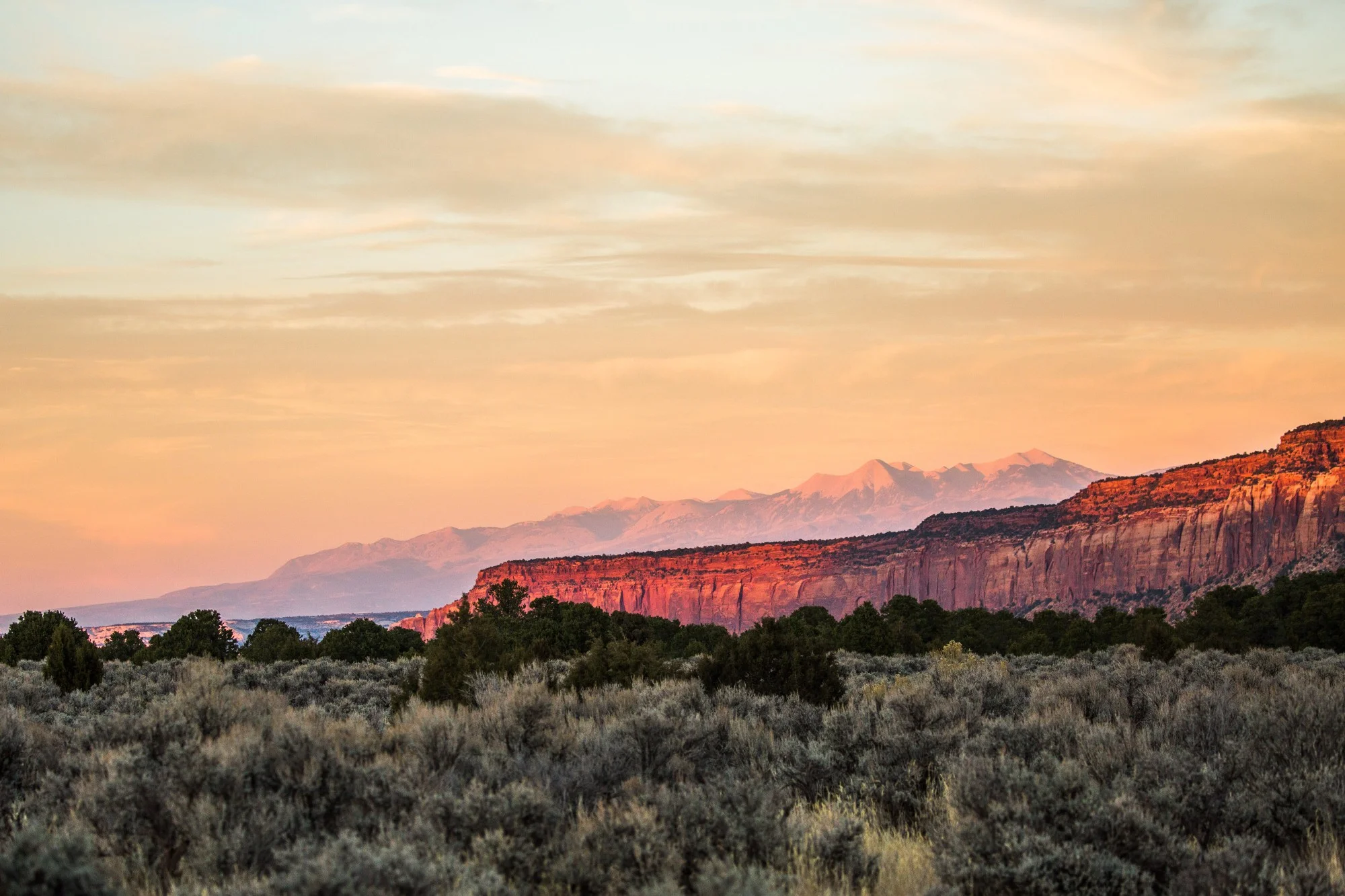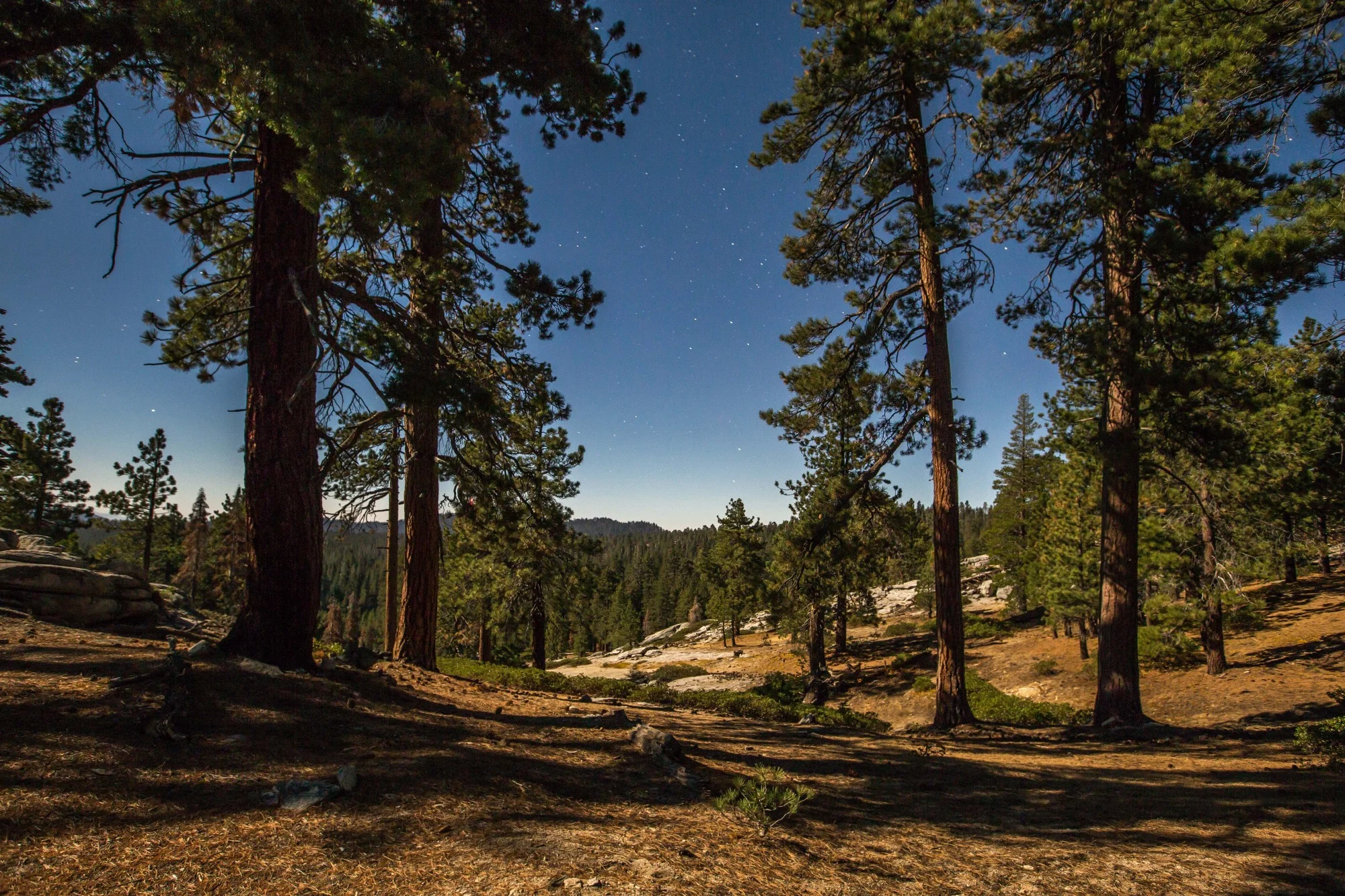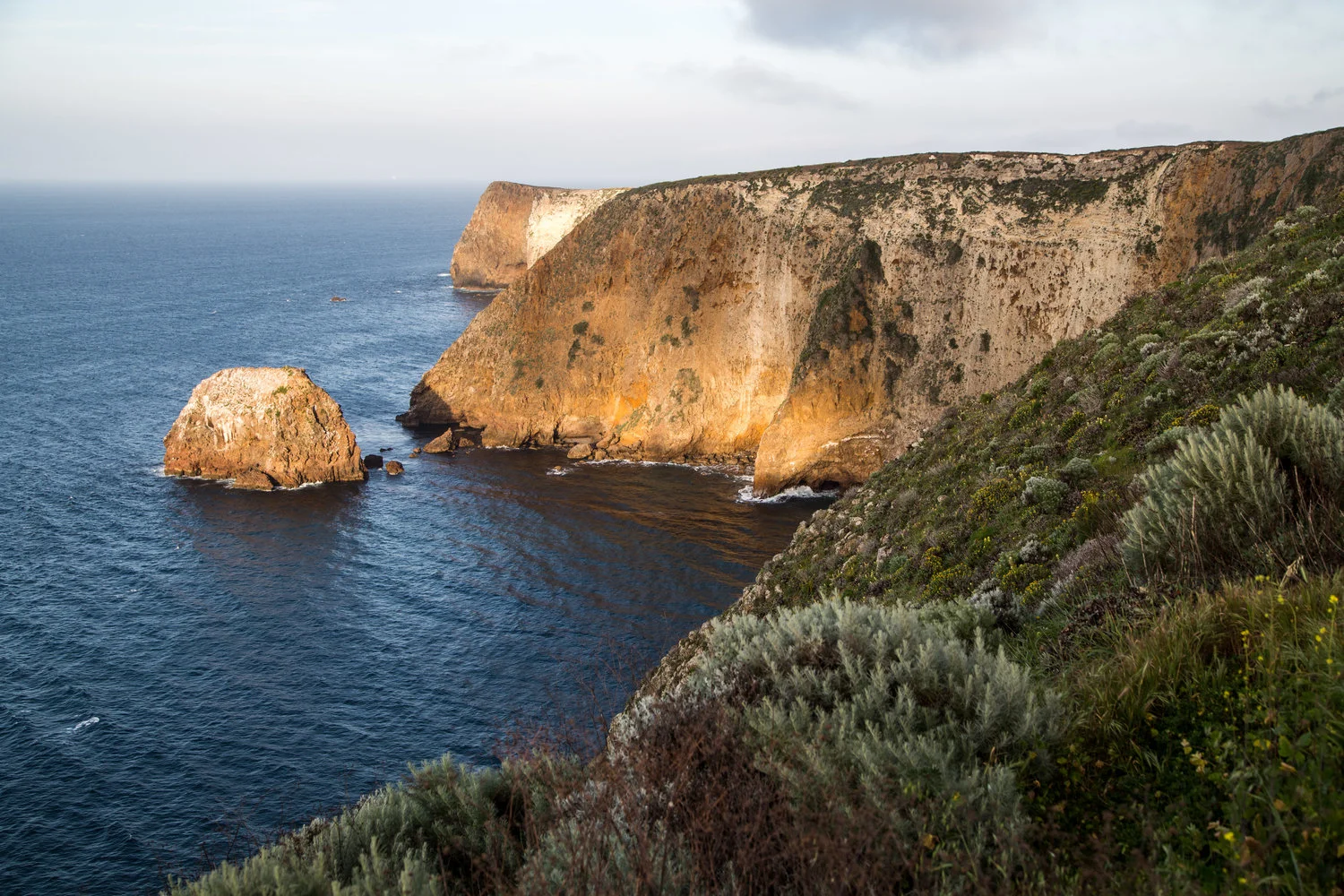To date, President Joe Biden has designated five national monuments since coming to office in 2021. Here we take a look at four of those five national monuments that had a land conservation element, and what might be on the slate before the end of his first term.
Read MoreThe Te Araroa, or “the long pathway” in Maori, is a 3000km trail that passes from the northern tip of the New Zealand’s North Island to the southern tip of the South Island. Rugged mountains, roaring rivers, temperate rainforests, windy grasslands and sandy coastlines are examples of the terrain one should expect to cross when hiking the Te Araroa.
Read MoreA selection of photos taken while hiking along the Te Araroa, capturing the natural beauty encountered along this 3,000 km trail which crosses the entire length of New Zealand.
Read MoreIn 2000, a private rafting company, Rivers Fiji, succeeded in creating a partnership that led to the protection of 615 ha/1500 acres of Fijian native forest. This is an initiative that connects conservation, the outdoors, local communities, and biodiversity into one thrilling float down the stunning Upper Navua River.
Read MoreRecommendations on visiting Bears Ears National Monument in Utah, with a selection of photographs to give you a glimpse into the beauty of these wild and historic lands.
Read MorePlan your adventure to one of the national monuments that were targeted by the presidential review and discover the beauty of your public lands.
Read MoreThe protection of nature is intricately connected with the protection of the Mayan identities within the authentic Maya Ka’an destination. With shared ownership rights over the land and jungles, the village cooperatives are aware of the power that their decisions have in dictating the faith of the natural ecosystems
Read More"They should head to Maya Ka’an if they want to be off the beaten path and help conservation efforts, while getting in contact with the Mayan communities." An interview with Gonzalo Merediz Alonso, Executive Director of Amigos de Sian Ka'an, about an incredible destination away from the Mayan Riviera's crowds.
Read MoreOver the last few decades, a major effort has been in the works to create one of the world’s greatest natural wonders: a connected system of national parks through one of the planet’s great wildernesses. Chile’s Route of Parks, or Ruta de los Parques, will create a chain of 17 national parks, crossing 1,500 miles of Chile, from the northern Valdivian temperate rainforests of Patagonia, to the windswept southern reaches of the continent.
Read MoreTantauco Park, or Parque Tantauco, is a well-built, well-managed conservation project that is working hard to protect and restore the extremely rare Guaitecas cypress and its ecosystem. For visitors, the park hosts over 130 km of well-built trails, as well as domes, a lodge and backcountry cabins. A description of the hike through this beautiful park.
Read MoreWild rivers, rugged mountains, free-roaming guanacos, wind-swept grasslands, rarely-seen huemuls, colorful deciduous forests, prowling pumas, pristine lakes, hidden glaciers, soaring condors and a robust park infrastructure: this is what makes up the future Patagonia National Park.
Read More"In a way, I didn’t create the level of difficulty; it was made by Patagonia itself." Interview with Stjepan Pavicic, the mind behind the Ultra Fiord and other iconic adventure races in Chilean Patagonia, mixed with the description of our own experience backpacking on an amazing portion of the route.
Read MoreIn Spanish “paciencia” means patience. It was a first taste of Tierra del Fuego. If Patagonia itself is a challenge, its southern regions raise the bar even higher. And with that come incredible rewards.
Read MoreFor those that make the journey, their patience will be rewarded with incredible views of the Darwin Range, rare sightings of Fuegian biodiversity, and vivid emotions that might only be found in the remaining wildernesses of the world.
Read MoreIntact ecosystems and their continuous conservation are something that an increasing number of people are willing to pay to witness, and whether for their endemic species, evolutionary importance, or rich biodiversity, many islands around the world claim to be different regions’ “Galápagos”.
Read More














